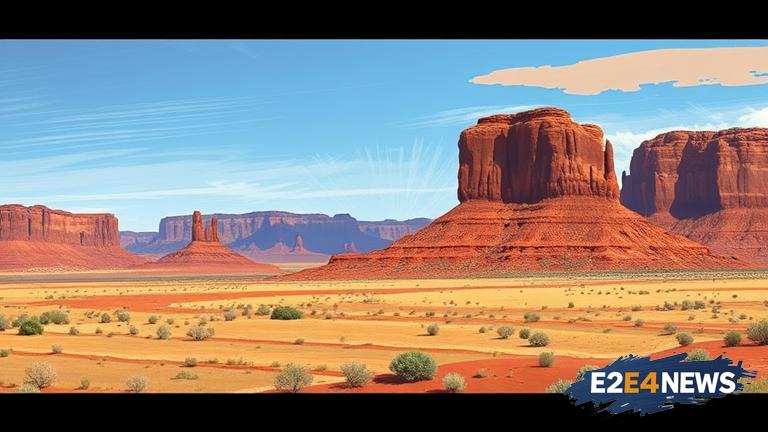The Navajo language, also known as Diné bizaad, is a vital part of the Navajo Nation’s cultural identity. With over 300,000 enrolled tribal members, the Navajo Nation is the largest Native American reservation in the United States, covering parts of Arizona, New Mexico, Utah, and Colorado. However, the Navajo language is considered an endangered language, with only about 150,000 fluent speakers remaining. To address this issue, the Navajo Nation has launched various initiatives to promote the language and encourage its use among younger generations. One such initiative is the development of language immersion programs, which provide students with the opportunity to learn the Navajo language in a immersive environment. These programs have shown promising results, with many students demonstrating significant improvement in their language skills. Additionally, the Navajo Nation has established a language academy, which offers classes and workshops for adults and children alike. The academy also provides resources and support for language teachers, helping to ensure that the language is taught consistently and effectively. Furthermore, the Navajo Nation has partnered with local schools and organizations to integrate the Navajo language into their curricula and programs. This collaboration has helped to raise awareness about the importance of preserving the Navajo language and has encouraged more people to get involved in language preservation efforts. The Navajo language is not only an important part of the Navajo Nation’s cultural heritage, but it also plays a significant role in the region’s history and identity. The Four Corners region, where the Navajo Nation is located, is home to a rich cultural landscape, with many archaeological sites, national parks, and monuments. The Navajo language is closely tied to this landscape, with many place names and stories reflecting the tribe’s deep connection to the land. By preserving the Navajo language, the Navajo Nation is also working to preserve its cultural heritage and traditional way of life. This includes passing down stories, songs, and prayers to younger generations, as well as teaching them about the importance of respecting and caring for the land. The Navajo Nation’s efforts to preserve its language have also been recognized and supported by state and federal governments. For example, the state of Arizona has established a Navajo language program, which provides funding and resources for language preservation initiatives. Similarly, the federal government has provided funding for language documentation and preservation projects, recognizing the importance of preserving Native American languages. Despite these efforts, there are still many challenges to overcome. One of the main obstacles is the lack of fluent speakers, particularly among younger generations. To address this issue, the Navajo Nation is working to develop more language learning materials and resources, including textbooks, language learning apps, and online courses. The tribe is also encouraging its members to speak the language at home and in their daily lives, helping to create a more immersive language environment. Moreover, the Navajo Nation is exploring new technologies, such as language learning software and virtual reality, to help promote the language and make it more accessible to a wider audience. Overall, the Navajo Nation’s efforts to preserve its language are crucial to the tribe’s cultural identity and heritage. By working together to promote the Navajo language, the tribe can help ensure that its language and culture continue to thrive for generations to come. The preservation of the Navajo language is not only important for the Navajo Nation, but also for the broader community, as it helps to promote diversity and cultural understanding. As the Navajo Nation continues to work towards preserving its language, it is essential that it receives the support and recognition it deserves, both from within and outside the tribe. With the help of its members, partners, and supporters, the Navajo Nation can ensure that the Navajo language remains a vibrant and essential part of its cultural heritage.
